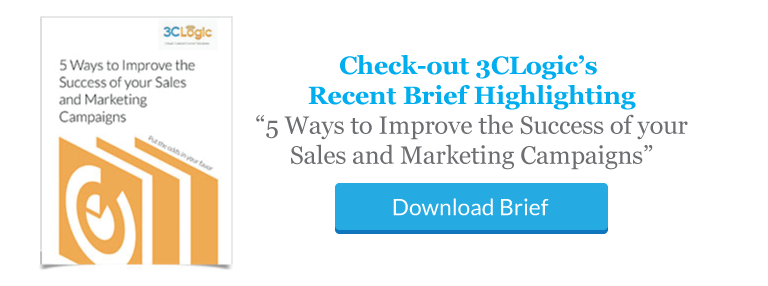“Cold calling”, or the act of making unsolicited phone calls to consumers in hopes of making a sale, is a widely used marketing tactic that has recently come under immense scrutiny. Cited as “irritating” to those on the receiving end of the call and inefficient for those performing the dialing (only 2% of cold calls lead to a future appointment), many have begun to wonder if outbound calling/telemarketing is a sustainable way to sell and market product and service offerings in today’s consumer-centric society. And with the FCC and FTC cracking down on telemarketing and the use of ATDS devices with increased TCPA regulations, businesses are also fearful of mistakenly crossing legal boundaries, leaving many to wonder whether they should seek out alternative means to connect with their target audience.
Does “cold” calling still play a role in today’s hyper-connected world?
The fact of the matter is, making unsolicited “cold” calls has become a less effective means of marketing and selling to consumers over-time, especially as they become more empowered and informed through the Web, increasingly mobile, and more aware of who is contacting them through caller ID. In fact, in 2007 it took an average of 3.68 cold call attempts to reach a prospect—fast forward to today, it takes 8 attempts. And while cold calling is not completely dead, as businesses still see some successes from this form of marketing, many fear that irritating customers through unsolicited calls will hurt their brand’s image and reputation, leading them to search for an alternative means of connecting with their client base.
What’s the alternative?
What has instead emerged is what many like to call “warm” calling, or the idea of calling only individuals that have expressed some level of interest in hearing from a company, whether it be by filling out a form on a website, agreeing to certain terms and conditions, signing a contract, etc. This “level of interest” can also be referred to as “Express Prior Consent”, which is legal permission to be solicited by the seller for a specific offer (given that the proper disclaimers and disclosures are in place), something that must be obtained from a consumer before calling them through an ATDS (auto-dialer). But most importantly, by reaching out only to those individuals who have “raised a hand,” and expressed interest, businesses can help preserve their image and maintain better relationships with their client base.
What is classified as an ATDS?—It is any equipment which has the capacity to store or produce telephone numbers to be called using a random or sequential number generator, and can dial such numbers—and yes, this includes smart phones. But with ATDS solutions such as 3CLogic’s call center software, all marketing generated leads that have expressed consent can immediately be forwarded to the dialer and contacted by the next available agent, ensuring all leads are followed-up with in a timely manner. Lead lists can similarly be uploaded and contacted with speed and efficiency, minimizing the time agents spend between calls while maximizing their talk time.
Conclusion
While cold calling might still be an effective means of reaching out to prospects for some organizations, it might not be a sustainable or efficient method for others—especially when considering non-consenting individuals must be contacted from a non-ATDS device for it to be considered legal. For many, warm calling is a more viable approach that will not only help keep the individuals on the receiving end of the calls happy, but also the agents doing the prospecting, as they will have the ability to use more efficient technology and will be speaking with individuals who are more receptive to their call.





